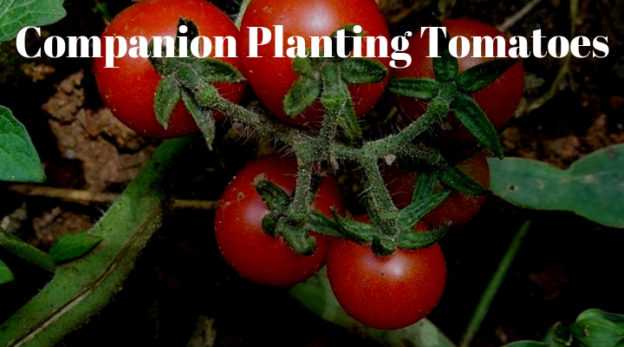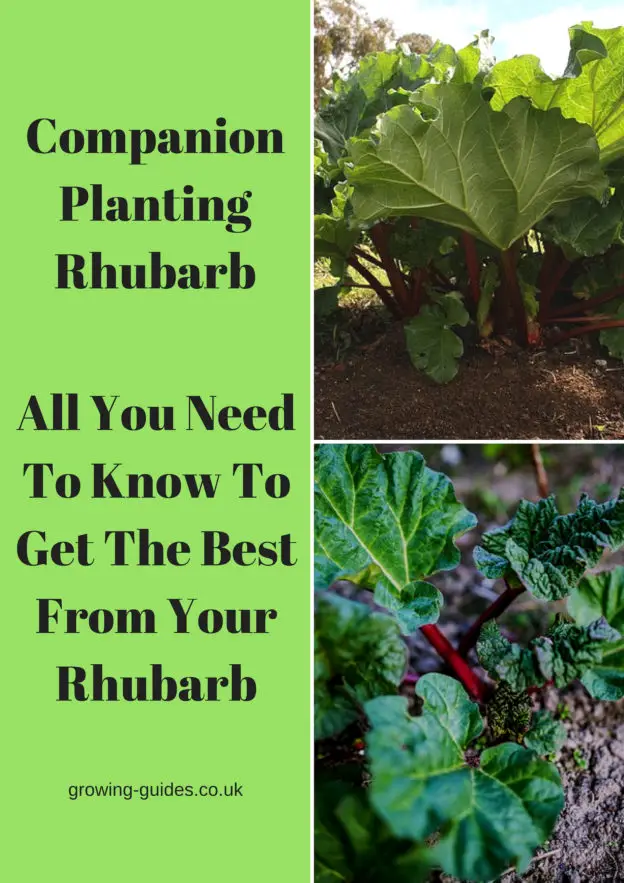Marigold Companion Planting

The pretty little marigold with it’s flowers ranging from yellow, through orange, to red, is a welcome sight in any garden. Flowering from Spring and continuing to flower until the first frosts (as long as you deadhead) this annual is a good value, beneficial, cheerful plant. By planting the marigold in companion with other plants you will have a healthier and prettier garden. What Are Marigolds? There are 2 different types of marigold grown in the UK, 3 if you include the “pot marigold”(calendula). The calendula is not really a marigold at all but is still a beneficial plant to… → Read More












